M2 de Matallana 2012
Descripción
El vino se elabora con una enología sencilla e inteligente. Telmo Rodríguez persigue la madurez idónea que permite expresar toda la nobleza de la variedad Tinto Fino en este M2, que bien le ha valido 94 puntos Parker. Un vino muy frutal y especiado, con un paso por boca potente y carnoso.
Ficha técnica
Cata
Viñedo y elaboración
Opinión de los críticos
"The only wine I tasted from Ribera del Duero from Telmo Rodríguez was the 2012 Matallana, which is produced with a mixture of Tempranillo and other grapes from four different plots of head-pruned, old vineyards where the varieties are mixed in the field. The vineyards are: El Bosque, La Loma, Los Mochos and Hoyo Lucas; they are located in different villages, and on different soils (heavier clay, light gravel, rough calcium carbonate and feldspar conglomerate), totaling 4.5 hectares. The grapes fermented in 3,000-kilo oak vats with indigenous yeasts and the wine matured in French oak barrels of different ages for some 15-18 months. It took some time to open up, and as I tasted it next to the Pago la Jara from Toro of the same vintage, it finally turned more aromatic and fruit-driven, happier and more primary. With more time emerged notes of beef blood intermixed with hints of orange peel. There is no oak to be found here, it feels perfectly integrated in the wine. The palate felt harmonious, certainly fresher than the 2011, with better balance and good freshness. 2,280 bottles produced. It was bottled in June 2014."
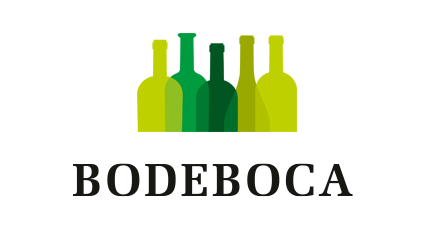
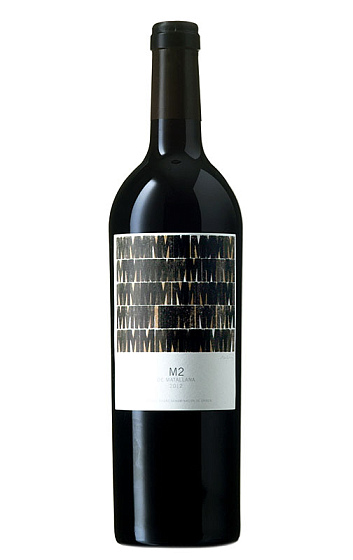

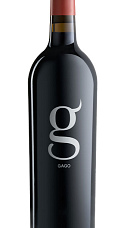
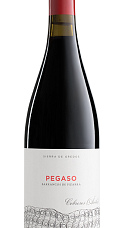
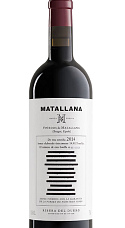
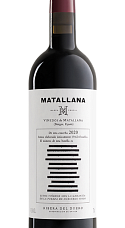


Añadas: 2013 2012 2011 2010
Un Ribera excelente, se nota la mano de Telmo Rodríguez. A la altura de otros de la misma DO que cuestan un 20% más
Excelente R del D, complejo, delicioso. Hecho con el esmero propio de Telmo R. RCP muy competitiva respecto a otros de la misma categoría
Esta añada no tiene valoraciones todavía. Pincha en las otras añadas para ver sus valoraciones.